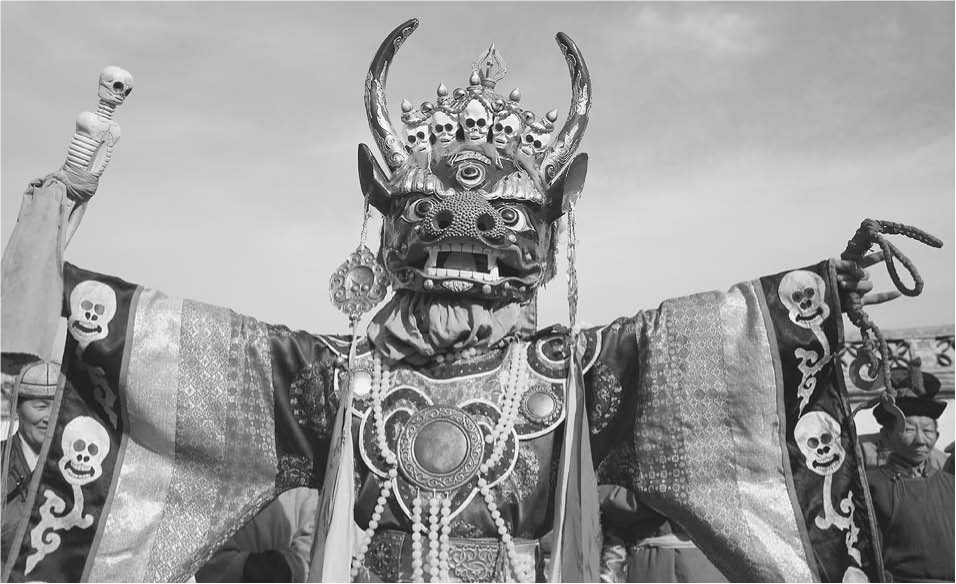Thousands of years before the Mongol tribes settled in Mongolia, people in the region painted scenes of everyday life on caves. These rock paintings, called petroglyphs, illustrate one of the earliest forms of nomadism. The earliest artists of Mongolia painted on rocks and other natural surfaces as well, and also created large monuments called deer stones. These stones ranged from about six to 30 feet high and featured carvings of deer and other animals. Historians believe the stones marked the graves of important leaders and warriors.
Other art items from the era before the Mongols include jewelry, pottery, and felt carpets. The Mongols made similar items, finding ways to decorate the tools they used in their everyday life. Clothes and other items
Featured embroidered designs symbolizing such things as fire or the artist’s hopes for the future. About 7,000 of these symbols are known, and they still appear in modern Mongolian art.
The Mongols also made musical instruments and wrote songs, usually dealing with animals and aspects of nomadic life. The instruments included the morin khuur, a two-stringed instrument played with a bow. The first ones were made from horse skin and hair. The morin khuur was used to mimic the sounds of animals and nature. The Mongols also developed other string instruments and played drums and flutes. The earliest Mongol dances came out of the shamans’ movements as they entered trances to reach the spirit world.
Singing and dancing were an important part of festivals. Folk dances were performed either inside or just outside the Mongols’ gers. The limited space led to a dancing style that stressed moving the hands, head, and upper body and limited leg movements. Today Mongolians still dance in this way, even when they have more room to move.
The Mongols passed on their history and folk tales orally. Some proverbs date back at least to the times of the Huns, which ended around the fourth century. The first Mongol alphabet did not appear until 1206, when Chinggis Khan decided to use the script of the Uighur Turks. This script was already used by the Naimans, one of the tribes Chinggis defeated in Mongolia. Words were written from top to bottom, and sentences were read from left to right, as in English.
The only major piece of writing to survive from the empire is The Secret History of the Mongols (other writings have survived only in Persian or Chinese translations). Historians have debated whether it is pure fiction or a mixture of fact and fantasy. The beginning, for example, says that the first Mongols descended from a “bluish wolf” and a deer. Most historians, however, accept that The Secret History is probably accurate when it describes the events of Chinggis’s life.
Historians continue to debate when The Secret History of the Mongols was written. The book’s unknown author (or authors) says the book was completed in the year of the mouse. The Mongols, like the Chinese, based their calendar on 12-year cycles in which each year was named for a different animal. This calendar system is still used in many parts of Asia today. By examining other dates and events mentioned in The Secret History, historians believe that 1228, 1240, or 1252 are the most likely years of the mouse in which the book was written.





 World History
World History









